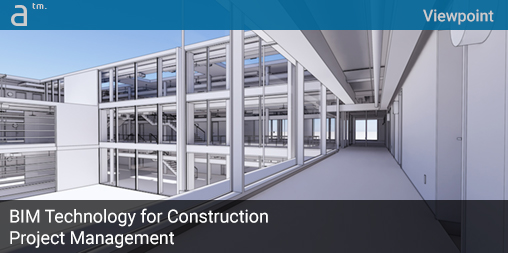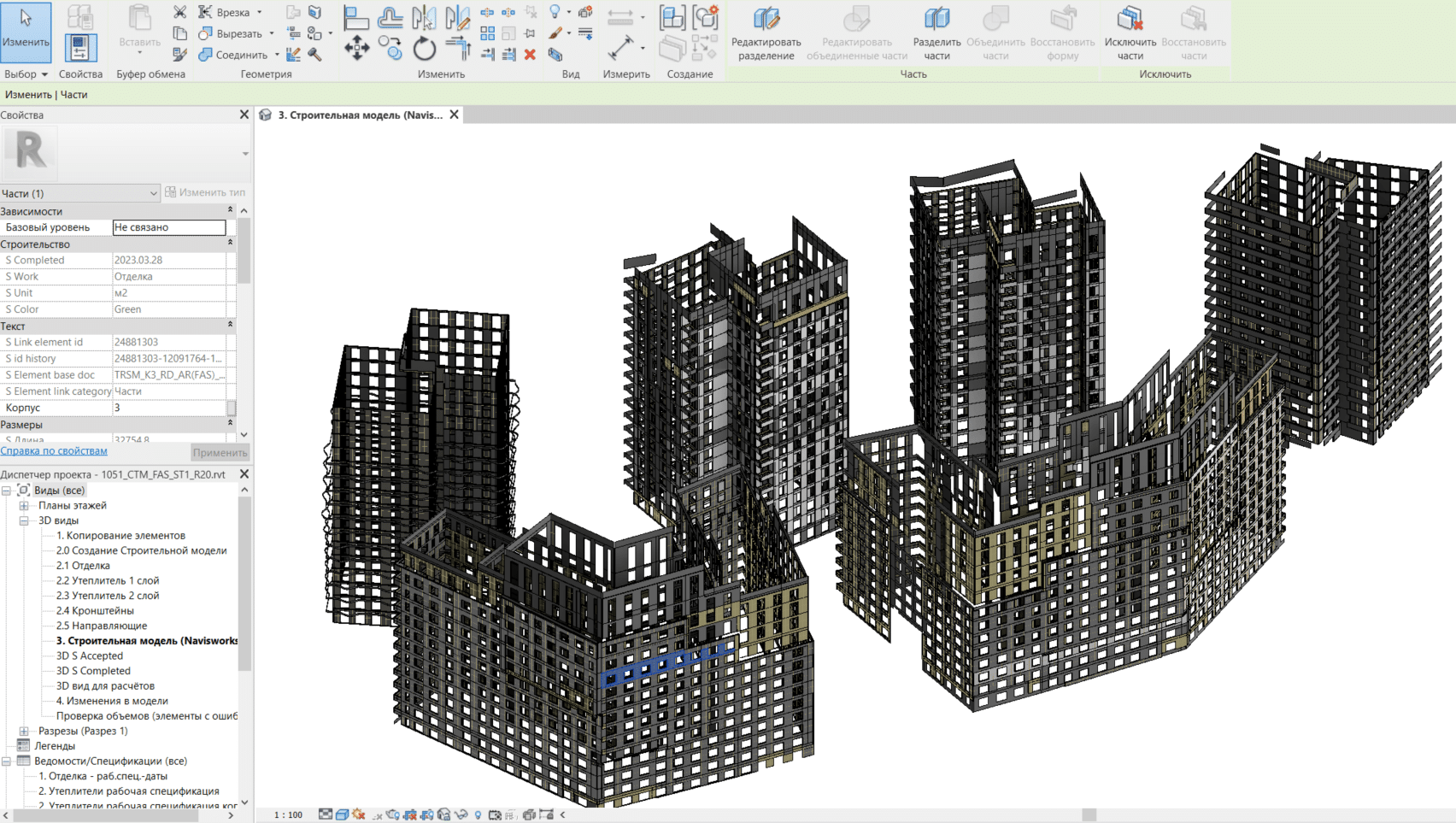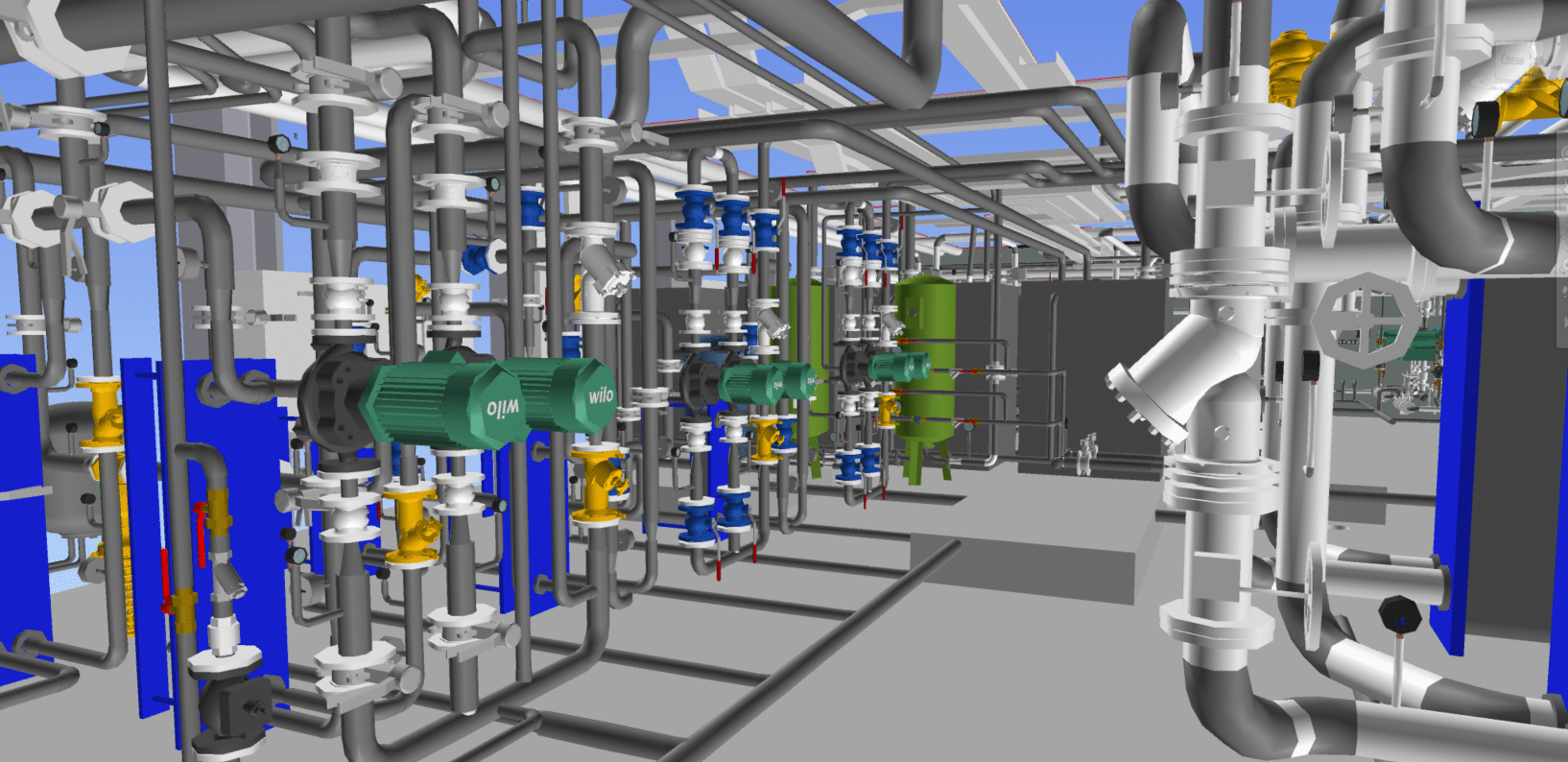BUILDING INFORMATION MODELING (BIM) HAS BECOME A UBIQUITOUS tool in the construction industry, not only for digital construction but also for project management. As BIM continues to evolve, it is essential to understand its role in project management throughout the project life cycle.
BIM and Project Management
This article aims to provide a comprehensive review of the integration of BIM and project management in construction projects. While there has been a significant increase in research on this topic over the past decade, the relationship between BIM and project management could be more robust.
To address this gap, I propose a BIM capabilities framework that summarizes BIM’s potential for project management in the project life cycle. This framework will help construction project teams and stakeholders integrate BIM with project management more effectively, ultimately improving project management efficiency in construction projects.
Project management Knowledge areas and Process groups*
We typically categorize the project management process into these knowledge areas when discussing it:
- Scope.
- Schedule.
- Cost.
- Quality.
- Resource.
- Communication.
- Risk.
- Procurement.
The project management process comprises the following process groups:
- Initiating and Planning.
- Executing.
- Monitoring and controlling.
- Closing and operating.
*In the last iteration of PMBOK® Guide 7th edition, the Project Management Institute changed the structure of processes and knowledge areas.

The modern project construction site can benefit from BIM technologies, among other leading-edge new digital technologies.
Nevertheless, the core principles of waterfall methodology for construction projects remain the same.
Use cases
Let me outline the most demanded and valuable BIM use cases relevant to various construction project roles.
Initiating and Planning
Property Developer role:
- Site analysis.
- Concept design review and approval.
- Different design variants just in minutes.
- Fast cost analysis for each design variant.
- VR and AR technology for better visual understanding.
Lead Consultant role:
- The efficient design process with a small price of a project design change.
- Simultaneous multidisciplinary design process and engineering analysis.
- Online collaboration with various stakeholders using RFI and Issues connected to the BIM model.
- Identify potential design flaws.
- Clash-free detailed BIM model and design drawings.
- WBS generation for phase planning.
General Contractor role:
- A convenient way to analyze a project in 3D during the bidding stage.
- BOQ export based on multiple rules and filters.
- Resource planning with WBS codes integrated with a 4D BIM model.
- Create accurate estimates and schedules.
- Collaborate with developers and consultants to resolve issues quickly.
- Plan QA/QC procedures with checklists connected to the BIM model.
Executing
Property Developer role:
- Cost and schedule change management.
- Design change management.
Lead Consultant role:
- Cost and schedule change implementation.
- Scope tracking.
- Baseline/actual BIM model comparison.
- Issue management in the cloud.
- Communication management.
General Contractor role:
- The procurement process, including BIM quantity takeoffs and estimates.
- Daily work progress planning between subcontractor teams.
- Construction supervision.
- Digital fabrication (CNC and 3D printing).
Monitoring and controlling
Property Developer role:
- Cost and schedule change control.
- Mobile applications for real-time BIM data.
Lead Consultant role:
- QA/QC monitoring and controlling.
Online analytics reports and forecasts
General Contractor role:
- Quality control and issue management.
- Tracking and marking implemented scope.
- Dashboard reports with BIM progress data.
- Laser scanning and point clouds comparison.
Closing and operating
Property Developer role:
- Facility operations planning and implementation.
- Facility management documentation.
- Security management.
Lead Consultant role:
- Digital twin development.
General Contractor role:
- As-built BIM model development.
As we see, project stakeholders can utilize various BIM use cases at any stage of a construction project. The validity of the implementation or adoption of each process should always be calculated and justified using the ROI ratio.
Developer’s Perspective
For developers, BIM technology offers a comprehensive view of a project, empowering them to make informed decisions from the earliest stages. By utilizing BIM during the planning and design phases, developers can visualize the final product in a virtual environment, allowing for better communication with architects, engineers, and various consultants.
The technology facilitates the exploration of various design options, enabling developers to assess the feasibility, cost implications, and potential risks associated with different alternatives. BIM also plays a vital role in identifying and resolving clashes or conflicts between various building systems before construction commences, saving time and money in the long run.
Moreover, BIM technology enhances collaboration between developers and stakeholders throughout the project lifecycle. By providing a centralized digital repository (cloud-based CDE software like Autodesk Construction Cloud, Procore, Aconex, Asite, Trimble Connect, Bentley ProjectWise, and others), it allows for seamless communication, document sharing and coordination of tasks among all parties involved.
This transparency improves accountability and ensures everyone is on the same page regarding project milestones, budgets, and timelines. Developers can access real-time updates and monitor the project’s progress, making timely adjustments when necessary. BIM’s ability to provide accurate data and simulations enables developers to mitigate risks, optimize resources, and ensure the successful completion of projects within set parameters.
Consultant’s Perspective
For consultants, BIM technology has transformed how they contribute to construction projects. BIM offers consultants a collaborative platform where they can integrate their expertise and contribute to the design and planning process more effectively. By utilizing BIM authoring tools such as Revit, Archicad, Tekla, Building Designer, Vectorworks, and Allplan, consultants can create accurate 3D models and simulations to visualize the proposed designs and identify potential conflicts or issues early on. This capability enables consultants to provide valuable insights and recommendations to optimize the building’s performance, energy efficiency, and sustainability.
BIM technology also improves coordination and communication between consultants, reducing the likelihood of errors or discrepancies in the project documentation. Consultants can work concurrently on the same BIM model, accessing and updating information in real time, ensuring all stakeholders have the most up-to-date data. This collaborative approach fosters efficient decision-making, minimizes design changes during construction, and improves overall project outcomes.
Additionally, BIM technology enables consultants to streamline their workflows and increase productivity. By automating repetitive tasks and utilizing BIM’s data-driven approach, consultants can spend less time on manual drafting and more time on value-added activities such as analysis, problem-solving, and innovation. This shift in focus allows consultants to deliver higher-quality designs, meet project objectives more efficiently, and provide better value to their clients.
Additionally, BIM technology enables consultants to streamline their workflows and increase productivity. By automating repetitive tasks and utilizing BIM’s data-driven approach, consultants can spend less time on manual drafting and more time on value-added activities such as analysis, problem-solving, and innovation. This shift in focus allows consultants to deliver higher-quality designs, meet project objectives more efficiently, and provide better value to their clients.
Contractor’s Perspective
BIM technology has significantly impacted the role of contractors on construction sites. It provides contractors with a comprehensive and coordinated virtual model of the project, enabling them to plan better and execute construction activities. Using BIM technology, contractors can simulate and optimize construction sequences, identify potential clashes or interferences, and plan logistics efficiently. This level of precision and foresight reduces the likelihood of rework, delays, and cost overruns during construction.
BIM software such as the SIGNAX suite enhances contractor and stakeholder collaboration. Contractors can share the BIM model in the cloud-specific work scope with subcontractors, enabling them to visualize the project’s requirements and constraints accurately. This facilitates better coordination and communication, reducing conflicts and ensuring the smooth execution of construction tasks. Contractors can also leverage BIM’s ability to generate accurate quantity take-offs, enabling them to estimate material requirements and costs more accurately, leading to optimized procurement and cost control.
Furthermore, BIM technology enables contractors to manage construction progress in real-time. By integrating BIM with project management ERP software and cloud-based CDE systems, contractors can track the progress of different construction activities, identify bottlenecks, and make data-driven decisions to optimize productivity. BIM’s visualization AR/VR capabilities and 360-degree images also aid in communicating construction plans to workers, enhancing safety and reducing errors on-site.
As per each new workflow implementation or business process optimization, requirements must be fulfilled.
There are three critical prerequisites to maximizing the efficiency of BIM technology throughout all stages of construction project management.
- To ensure the optimal effectiveness of BIM technology throughout the project lifecycle, initiating its continuous usage from its inception is crucial. If project phases or stakeholders’ tasks are omitted from utilizing BIM technology, the value of BIM data for all project participants may be compromised.
- The second crucial requirement is standardization. We have to provide arrangements for standardized software implementation. Ensure that a process flow for model development, exchanging information, archiving, and updating data in real-time is established so that no critical information is lost or corrupted.
- The third necessity is proficient BIM and digital skills among all stakeholders. Each project role should receive appropriate training to efficiently execute tasks using relevant digital tools.
Drawing from our experience in adopting and implementing digital technologies in the construction industry, engaging all stakeholders and establishing effective project management workflows can be challenging. However, once these fundamental digital requirements are successfully implemented, every participant will experience substantial value and enhanced work efficiency, benefiting each stakeholder involved in the project.
About Author:
Our guest Viewpoint contributor is Nikita Pospelov. He is the Head of the BIM Department at SIGNAX. Please click here to learn more.






